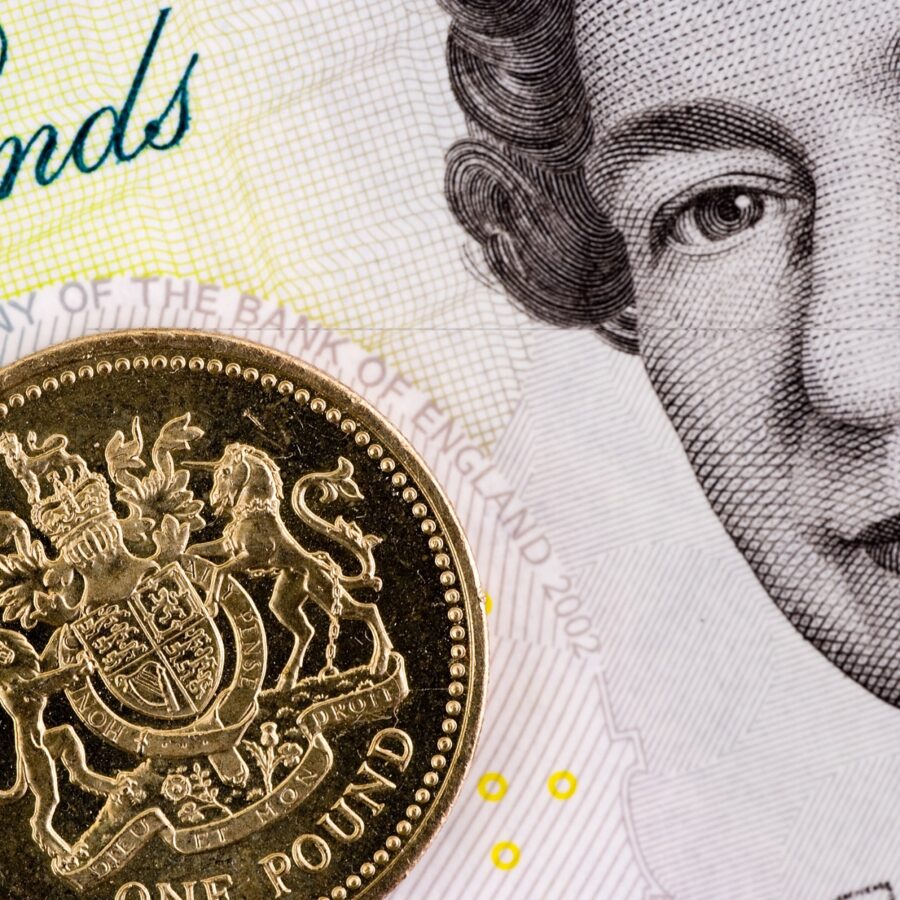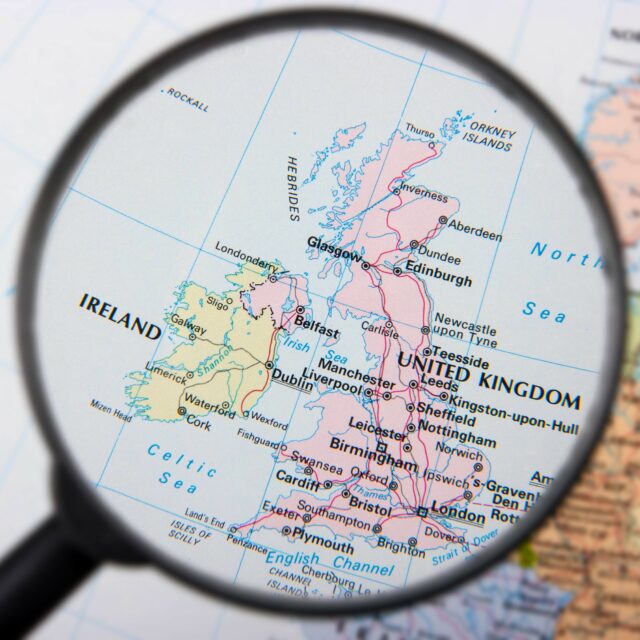- Home
- Publications
- Monetary Policy And Inflation In The Second Elizabethan Age
Monetary Policy and Inflation in the Second Elizabethan Age
 Pub. Date
Pub. Date
 Pub. Type
Pub. Type

2022 was a year to be remembered in the United Kingdom, as we emerged out of the pandemic but also experienced a mix of political and economic upheavals. Perhaps, though, it is the passing of Queen Elizabeth II that remains the most poignant. The United Kingdom that we know now is barely recognisable from the one that greeted Queen Elizabeth II when she came to the throne in 1952. The last seven decades have seen extraordinary changes socially, technologically, economically, and culturally.
In this box, we look back on the evolution of inflation and monetary policy – whose evolution has clearly been related to the ups and downs of inflation – over this time. We start, however, by noting that there is a striking parallel between the start of the second Elizabethan era and now: high inflation and a cost-of-living crisis. Indeed, we can think of monetary policy over this period as being characterised by the search for a nominal anchor that would enable this high inflation to be banished once and for all. Unfortunately, as we reached the end of the second Elizabethan age it seemed as if the search had been in vain.
Related Blog Posts



Public Debt Sustainability and Fiscal Rules
Stephen Millard
Benjamin Caswell
05 Feb 2024
4 min read

Related Projects
Related News

Call for Papers: Lessons From Quantitative Easing & Quantitative Tightening
09 Feb 2024
1 min read



Related Publications

Job Boom or Job Bust? The Effect of the Pandemic on Actual and Measured Job and Employment Growth
07 Feb 2024
UK Economic Outlook Box Analysis

Implications of the Transition from Defined Benefit to Defined Contribution Pensions in the UK
07 Feb 2024
UK Economic Outlook Box Analysis


Inflation Differentials Among European Monetary Union Countries: An Empirical Evaluation With Structural Breaks
20 Nov 2023
National Institute Economic Review
Related events

Assessing Cycles and Structural Changes in Markets

Business Conditions Forum

2022 Dow Lecture: The Economy and Policy Trade-Off






